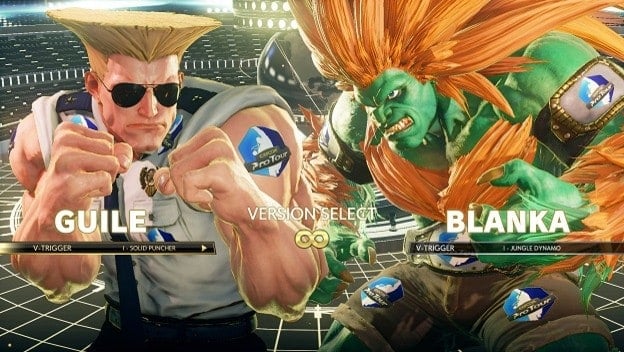The frequently maligned Capcom has been building goodwill this year with titles like Mega Man 11 and Monster Hunter: World, but might have taken a step back. In December 2018, it included an obscene amount of in-game ads in the premium fighting game Street Fighter V . The ads were in reference, primarily, to the Capcom Pro Tour 2018. What is worrisome though is that it gives a glimpse of just how easily those spaces could be occupied by advertisements for any brand. It is important that gamers voice their concerns.
We’ve seen advertisements in games before. The mobile gaming market is fueled by a mixture of microtransactions and advertisements. Videos pop up offering in-game currency in some games. Unfortunately, that seemed to be the spirit of this Street Fighter V campaign. The sponsored content was able to be turned off, but turning it on was incentivized with in-game rewards. Future iterations of this kind of thing could mean that game developers consider this monetization scheme when they are still making the game.
We already see something like this with a lot of microtransactions. Some games force players to grind for currency, gear, or experience but also offer them the choice to spend money to alleviate the grind. Grinds should be mitigated by good game design and not by the spending of real world cash. I worry about what kind of design sponsored content could incentivize.
Beyond that, the advertisements in Street Fighter V look bad. There were, essentially, logos placed all over characters. Guile’s tattoo of an American flag was swapped out for a logo for the Capcom Pro Tour. The sign that appears on Akuma’s back was also swapped out. The best way to incorporate these ads would be to just throw up references to the event on benches and billboards in the game, but Capcom took a gaudy and heavy handed approach. Even if these weren’t advertisements, the way they undermine years of characterization is unsettling. It’s undeniably detrimental.
Advertisements in games aren’t only about the aesthetic. They can break the immersion. The psychological thriller, Alan Wake , is an older example of this effect. The game does an amazing job of cultivating an eerie, Twin Peaks atmosphere, and then breaks that with loud and terrifying action sequences.
The main character, Alan, uses a flashlight as part of his arsenal in order to burn away a shroud of shadow that envelops and protects the monsters that try to kill him. These flashlights are powered by Energizer batteries. There is even an achievement in the game called “Energized.” Whereas the action sequences break me away from the Twin Peaks atmosphere in a good way, these batteries, which are contained in real world inspired packaging, pull me away in a bad one. Energizer batteries make me think of the real world, as opposed to the fictional world I am trying to escape into. They make me aware of the energizer-fueled controller in my hands. A fictional brand of batteries is used in the DLC for the game, and that feels much better.

Advertisements are also obnoxious. People like to step away from sales pitches. When I see advertisements in games, I feel like the product I paid full price for is, in turn, turning me into a produc. The publishers sold my attention to companies. It’s not as annoying when the game is free to begin with, because I understand that the developers need to make money and I want them to make money. I pay a monthly subscription for Hulu, which used to mean no ads. Now it means ads unless I pay even more. That feeling of frustration is similar to the one I felt when I booted up Street Fighter V .
Advertisements are everywhere, and I don’t expect them to fully go away. But gamers can make sure they don’t go too far. We can consider this move by Capcom a litmus test of sorts. The company implemented ads and will now gauge the efficacy of those ads. If we are willing to quietly accept these, then we will see others in the industry take similar approaches, just as we did when microtransactions became the norm.
